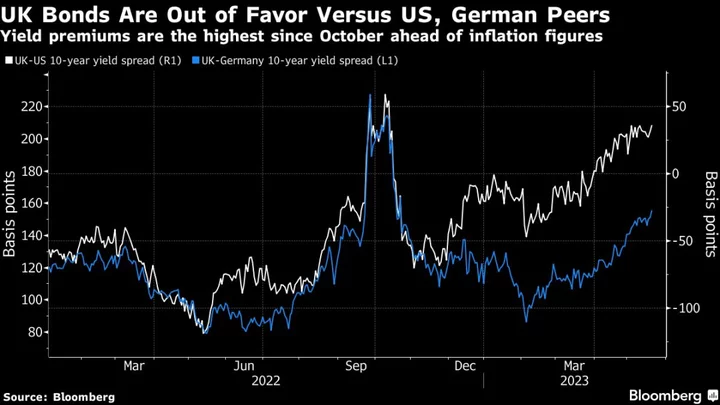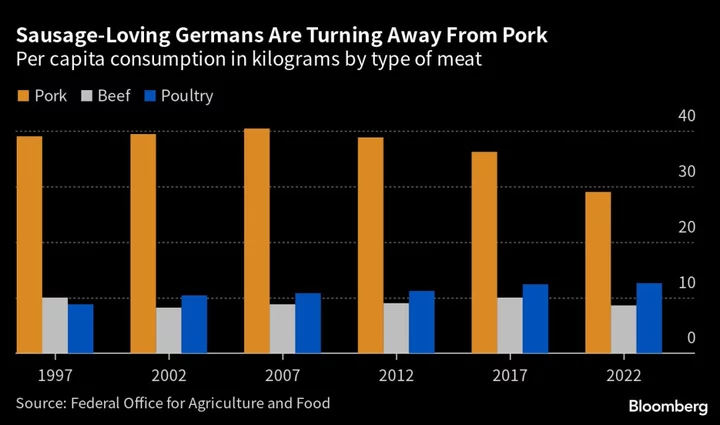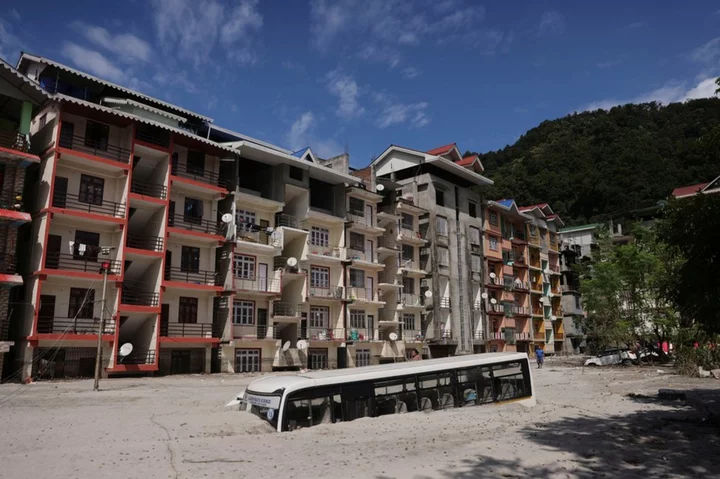Italy’s economy unexpectedly contracted in the second quarter, showing how rising interest rates and weakness in foreign markets are taking a toll on output.
Gross domestic product shrank by 0.3% from the previous three months — much worse than the zero growth that analysts surveyed by Bloomberg had estimated.
In a statement Monday, the national statistics institute attributed the slump to a drop in domestic demand, while net exports failed to contribute to growth. Industry and agriculture were particularly hit.
The data illustrate how activity in Italy is starting to suffer from rising interest rates and the rollback of fiscal support: GDP had risen by 0.6% in the first quarter.
Factories already saw a downturn between April and June, according to a Purchasing Managers Index, and figures for this month due later this week suggest that trend will continue.
The euro zone will publish second-quarter GDP data later Monday, with France and Spain reporting expansion on Friday, and Germany exiting its winter recession, albeit with output unchanged.
As well as the ongoing war in Ukraine and weakness in export markets like China, there’s uncertainty from the European Central Bank. While the most aggressive bout of monetary tightening in its history is nearing an end, it’s unclear whether there’ll still be another hike — or when it may come.
Weaker growth prospects and higher borrowing costs will make it more difficult for Prime Minister Giorgia Meloni to keep Italy’s mammoth national debt in check. The debt-to-GDP ratio remains above 140% and is likely to remained little changed over the coming year, according to European Commission forecasts.
Just last week the IMF upgraded this year’s GDP forecast for Italy to 1.1%.
--With assistance from Joel Rinneby.









